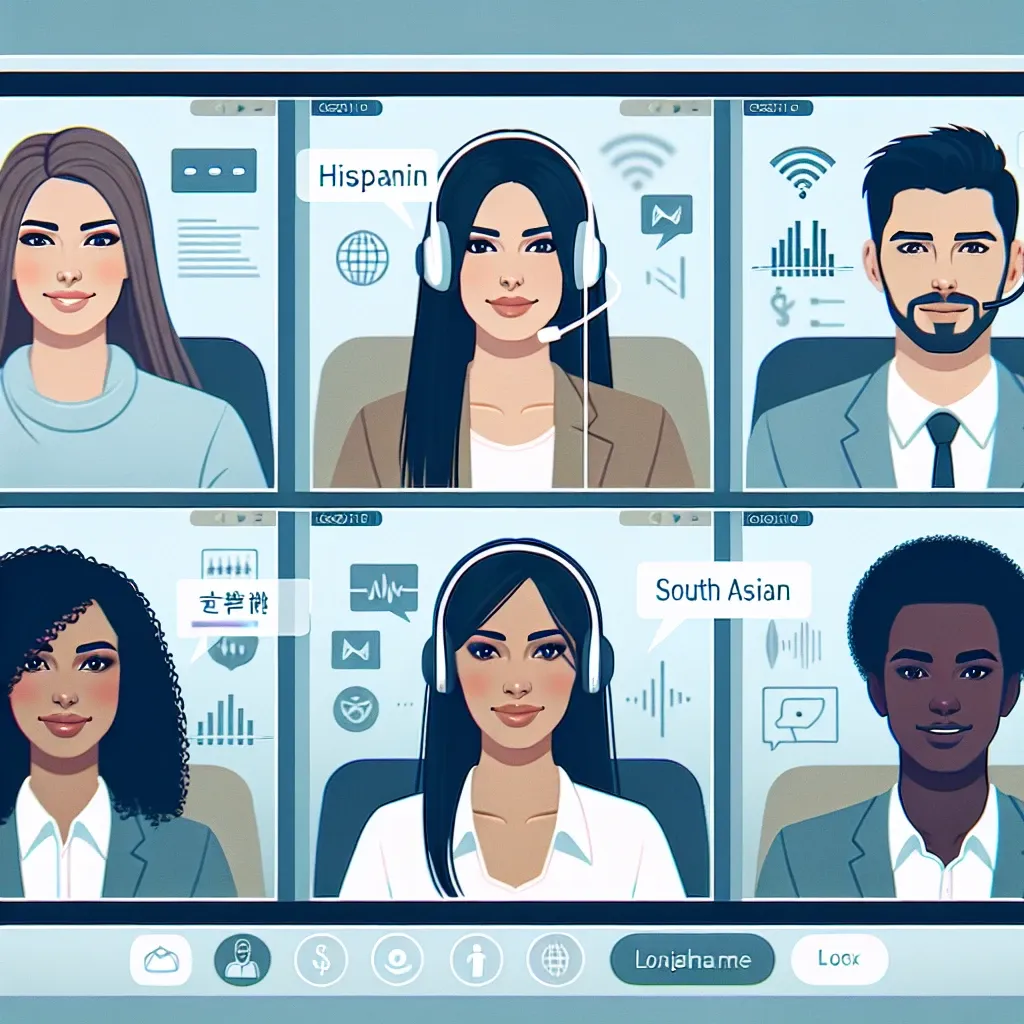Microsoft Teams Elevates Collaboration: AI Transcription with Multi-Language Support
Breaking Down Language Barriers: Microsoft Teams’ AI Transcription Upgrade
In today’s interconnected world, seamless cross-cultural communication is paramount. Microsoft Teams, a leading collaboration platform, understands this, and has significantly improved its AI-powered transcription capabilities with the addition of robust multi-language support. This upgrade is not merely an incremental change; it’s a game-changer, impacting businesses, educational institutions, and individuals globally. Let’s delve into the details of this transformative update.
A World of Words, Instantly Translated
Imagine a global team meeting where participants speak diverse languages – Spanish, Mandarin, French, and English, all within the same session. Previously, ensuring everyone understood the conversation would have been a logistical nightmare. Now, with the enhanced Microsoft Teams transcription, the challenge is eliminated. The AI accurately transcribes conversations in real-time, providing simultaneous text translations in various languages. This immediate textual representation not only makes communication more accessible but also creates a more inclusive and productive environment.
Beyond Simple Transcription: The Power of AI
This is not your grandfather’s transcription service. Microsoft Teams’ AI-powered engine leverages advanced machine learning algorithms to ensure accuracy and context. It’s not simply converting spoken words into text; it’s intelligently interpreting nuances, slang, and even regional dialects. The system continuously learns and improves, adapting to different accents and linguistic subtleties. The result is a transcription that is not just accurate but also remarkably natural-sounding.
Multi-Language Support: A Global Reach
The breadth of languages supported is impressive, constantly expanding to encompass a more diverse range of speakers. While the exact number of supported languages may vary slightly over time, Microsoft actively works to incorporate more languages into the system, ensuring that a wider global audience can benefit from this feature. This commitment to inclusivity directly addresses the growing need for effective and efficient communication across cultures. The ability to seamlessly collaborate with international colleagues and partners, regardless of language barriers, is a significant advantage for businesses operating in a global market.
Practical Applications Across Industries
- Education: Lectures, online classes, and student discussions can be easily transcribed and translated, making educational content accessible to a wider audience and improving learning outcomes for students with diverse linguistic backgrounds.
- Healthcare: Doctor-patient consultations, medical conferences, and inter-departmental communication can be accurately transcribed, reducing the risk of miscommunication and ensuring accurate record-keeping.
- Business: International meetings, client calls, and internal communications become more efficient and productive. Teams can collaborate effectively irrespective of geographical location or native languages.
- Legal: Depositions, legal proceedings, and client meetings can be accurately transcribed and translated, providing a crucial element in maintaining accurate records and ensuring legal compliance.
- Government: Public forums, official meetings, and citizen engagement initiatives can be made more accessible and inclusive through accurate multi-language transcription.
Beyond the Immediate: Long-Term Implications
The implications of this technological advancement extend far beyond immediate practical applications. The enhanced accessibility facilitated by multi-language AI transcription contributes to a more connected world, breaking down barriers to communication and fostering collaboration on a global scale. It significantly contributes to bridging the communication gap between cultures, fostering mutual understanding and opening doors for growth, innovation, and international cooperation.
Addressing Potential Challenges and Limitations
While Microsoft Teams’ AI transcription is remarkably advanced, it is essential to acknowledge some potential limitations. Highly technical jargon, complex sentence structures, and strong regional accents might occasionally present challenges for the AI. Furthermore, the accuracy of translation depends on the quality of the audio input. However, Microsoft is continuously improving the AI algorithms and expanding its linguistic capabilities to address these issues. The key is understanding that while the technology is incredibly powerful, it’s not perfect and should be used with a certain degree of awareness of its constraints. For highly sensitive situations requiring absolute accuracy, human review and verification may be necessary.
Comparing Microsoft Teams to Competitors
Microsoft Teams’ enhanced AI transcription service stands out from its competitors primarily due to its seamless integration within the broader Teams ecosystem and its constant commitment to improving the accuracy and range of languages supported. While other platforms offer transcription services, few match the depth of integration and the continuous development evident in Microsoft Teams. This inherent advantage makes it a preferred choice for many organizations and individuals who are already invested in the Teams platform.
A Glimpse into the Future
As AI technology continues to advance, we can anticipate even more sophisticated and accurate multi-language transcription capabilities within Microsoft Teams. Future developments may include improved real-time translation, enhanced speaker identification, and even the ability to detect and transcribe emotions conveyed through tone of voice. These advancements will further streamline communication and collaboration, making the platform an even more powerful tool for global connectivity.
The Bottom Line: A Powerful Tool for Global Collaboration
Microsoft Teams’ enhanced AI transcription with multi-language support is more than just a convenient feature; it’s a powerful tool that is reshaping the way we communicate and collaborate on a global level. This innovative technology is breaking down language barriers, fostering inclusivity, and driving productivity across various industries. While it’s not without potential limitations, its ongoing development and impressive capabilities make it a significant advancement in communication technology, promising a more connected and collaborative future. For more information on Microsoft’s services, please visit Microsoft’s website. For additional information on AI and its impact, you can also consult the resources available at Google Search.

